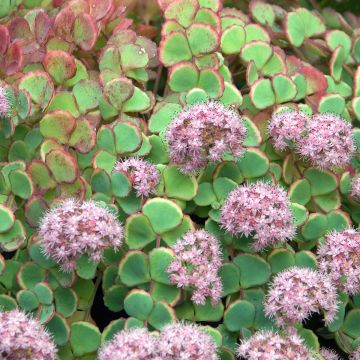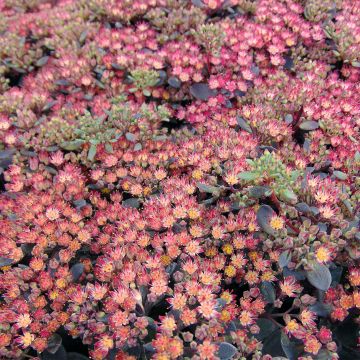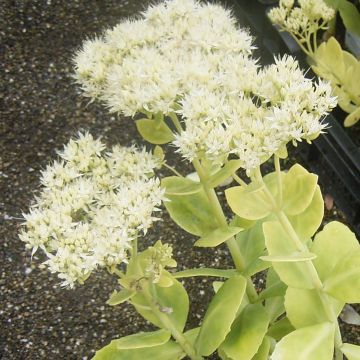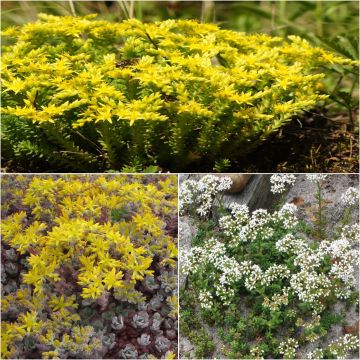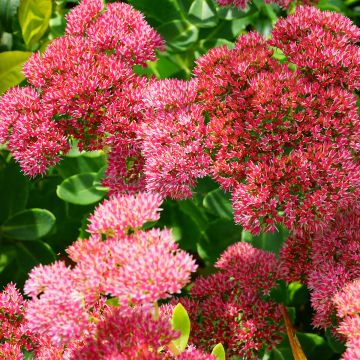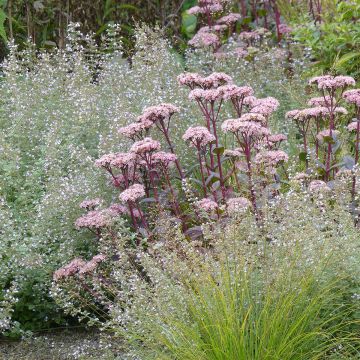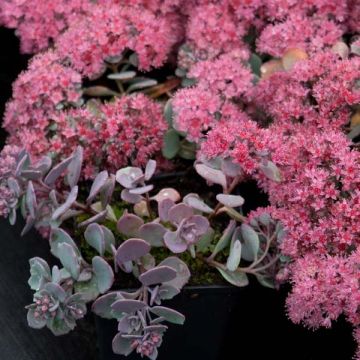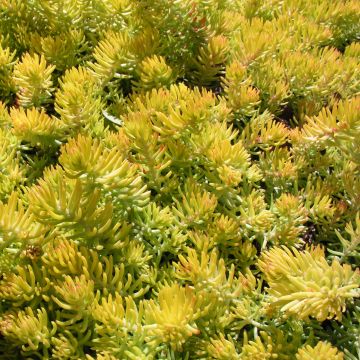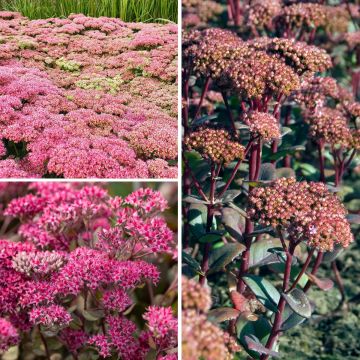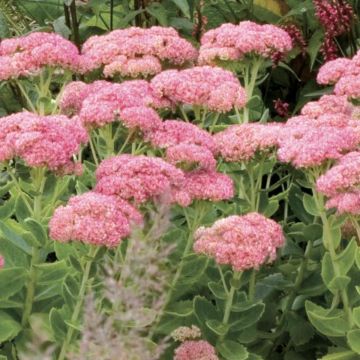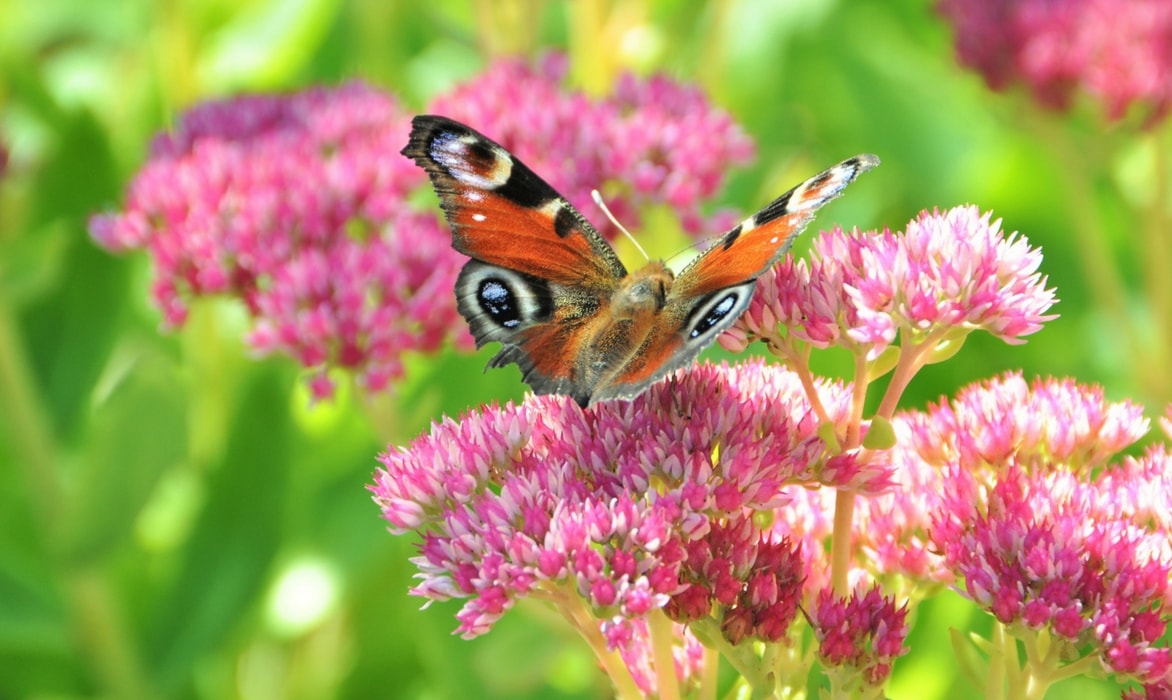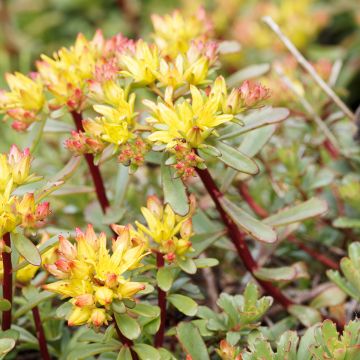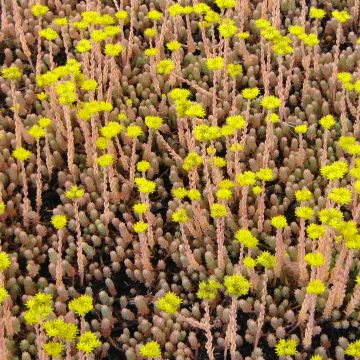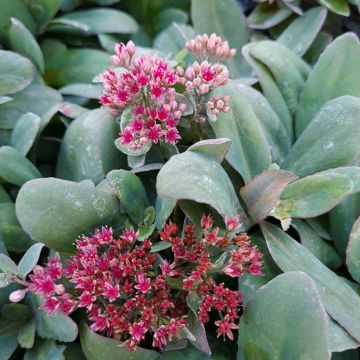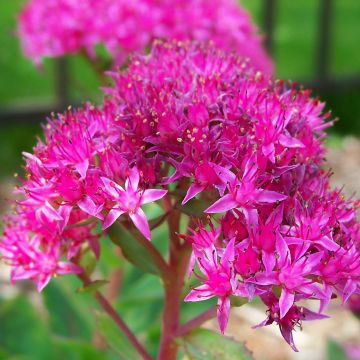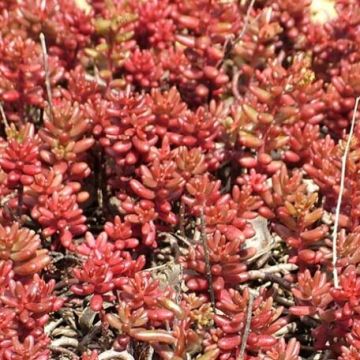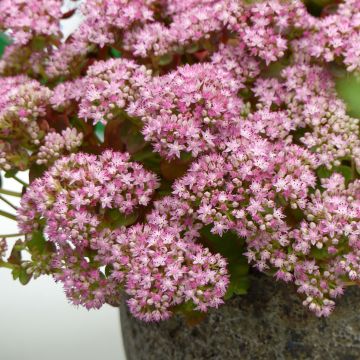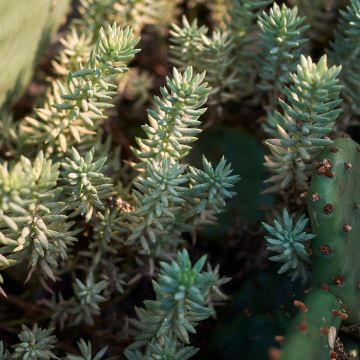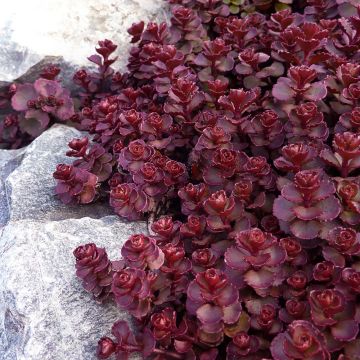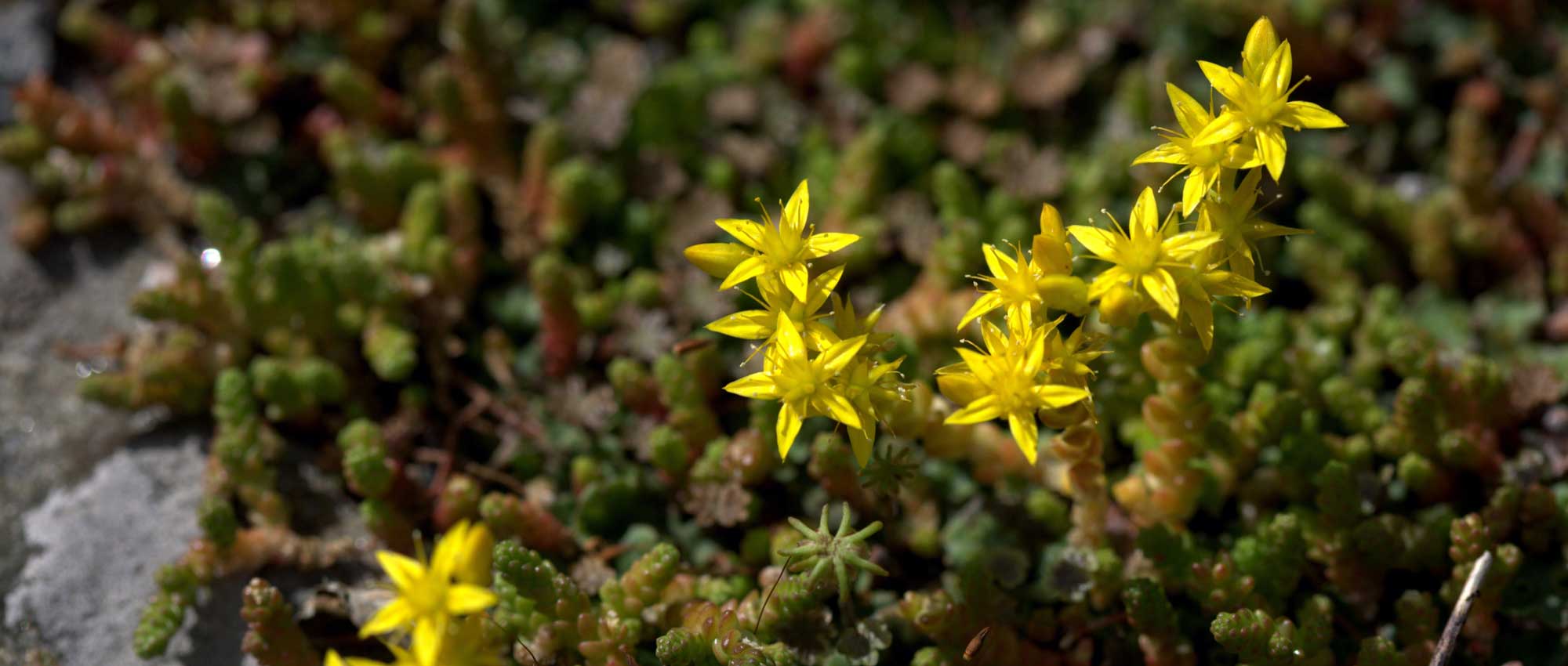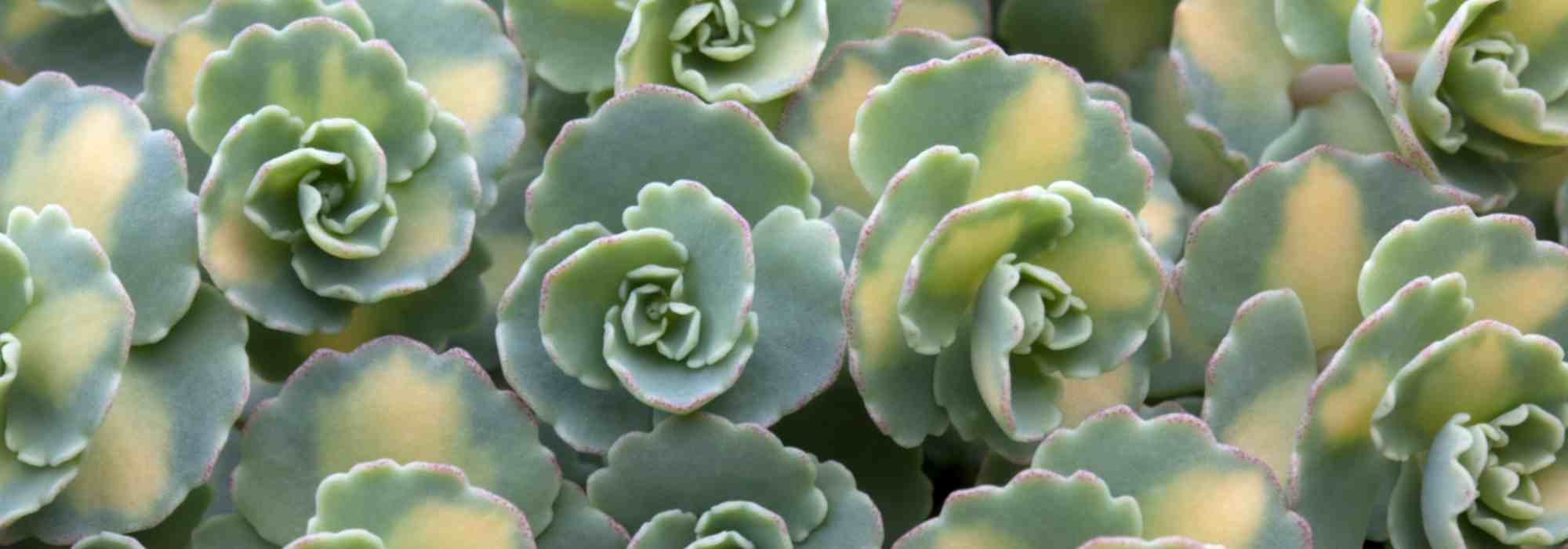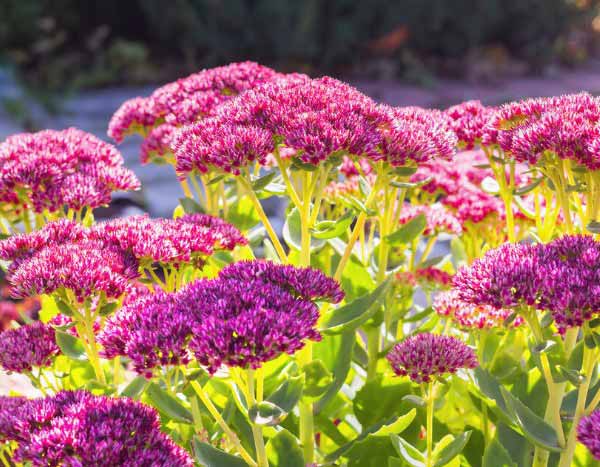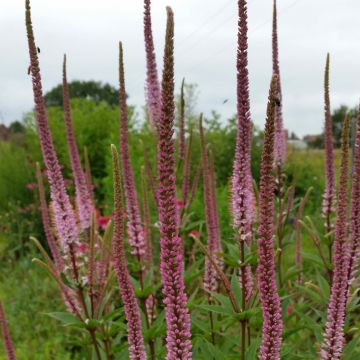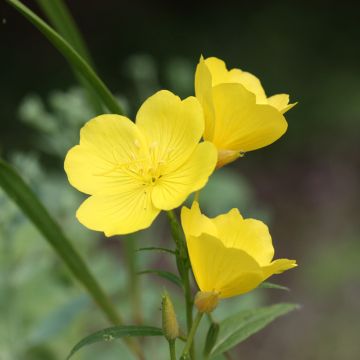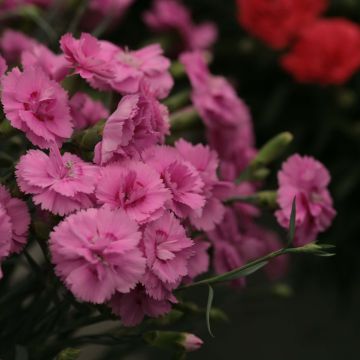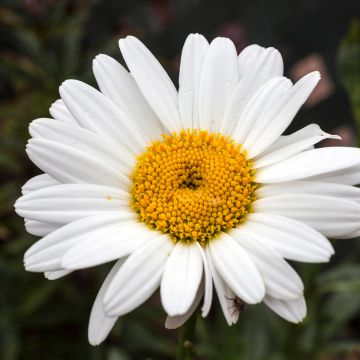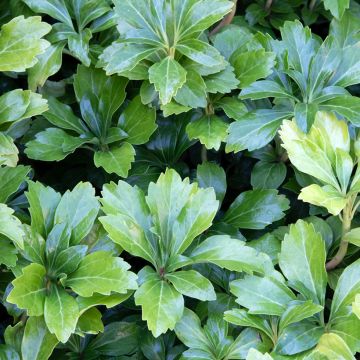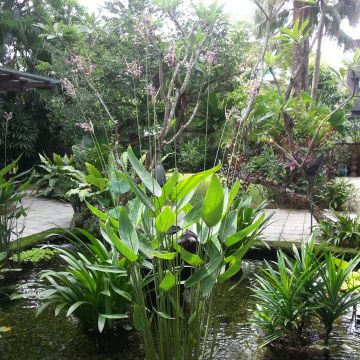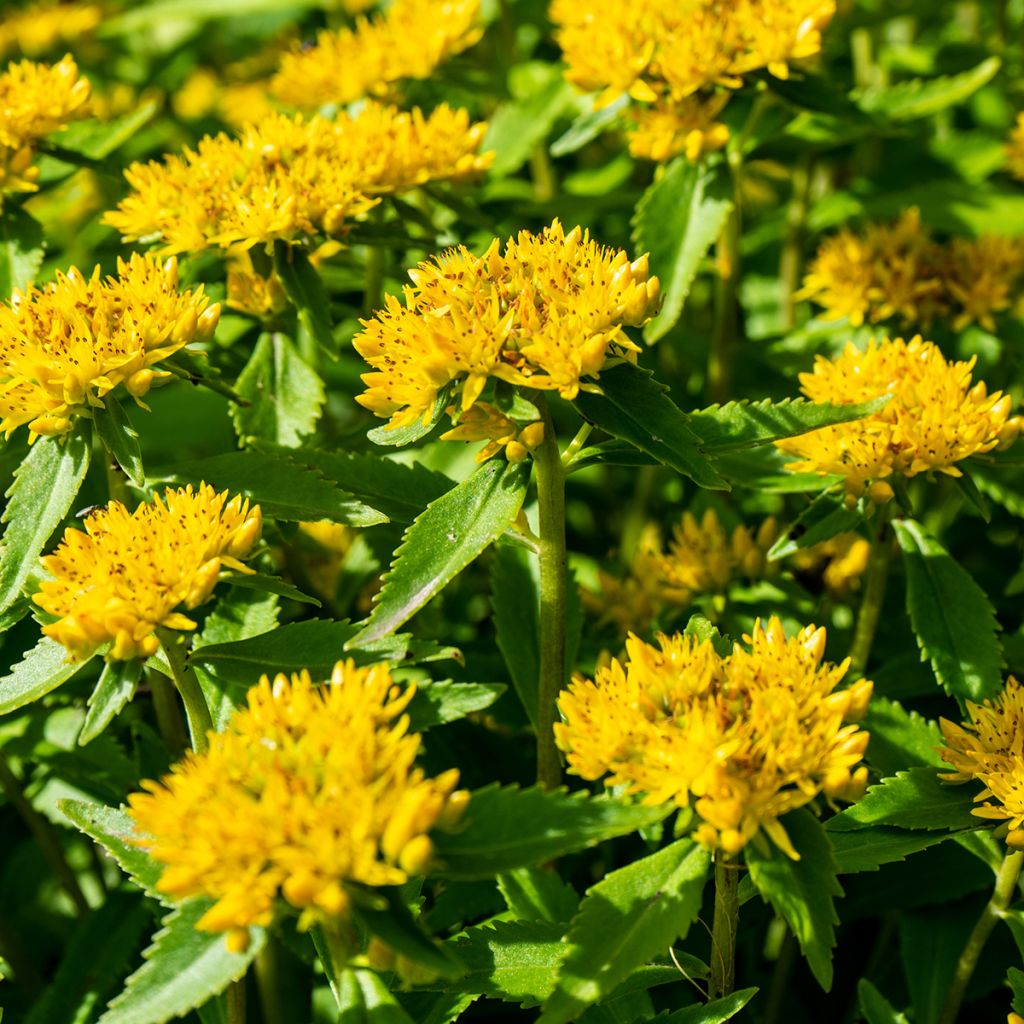

Sedum aizoon
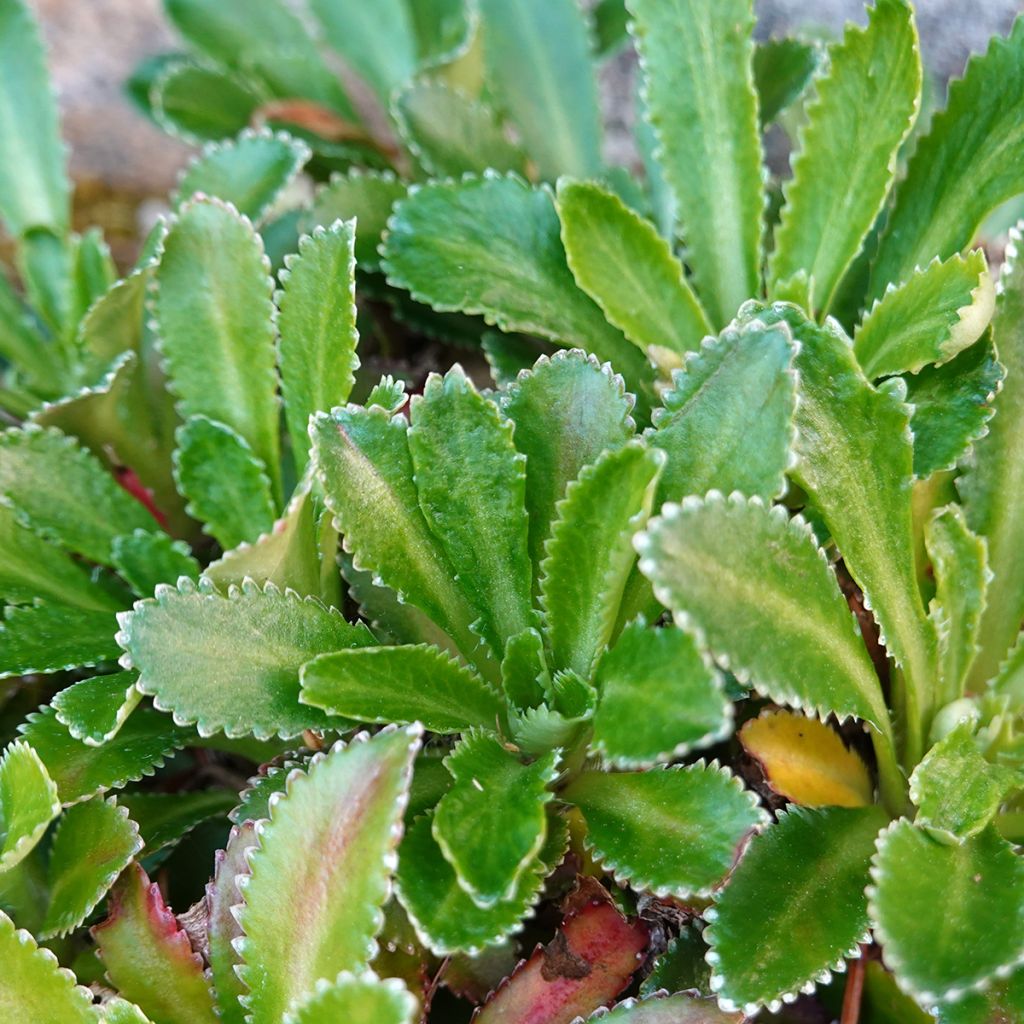

Sedum aizoon
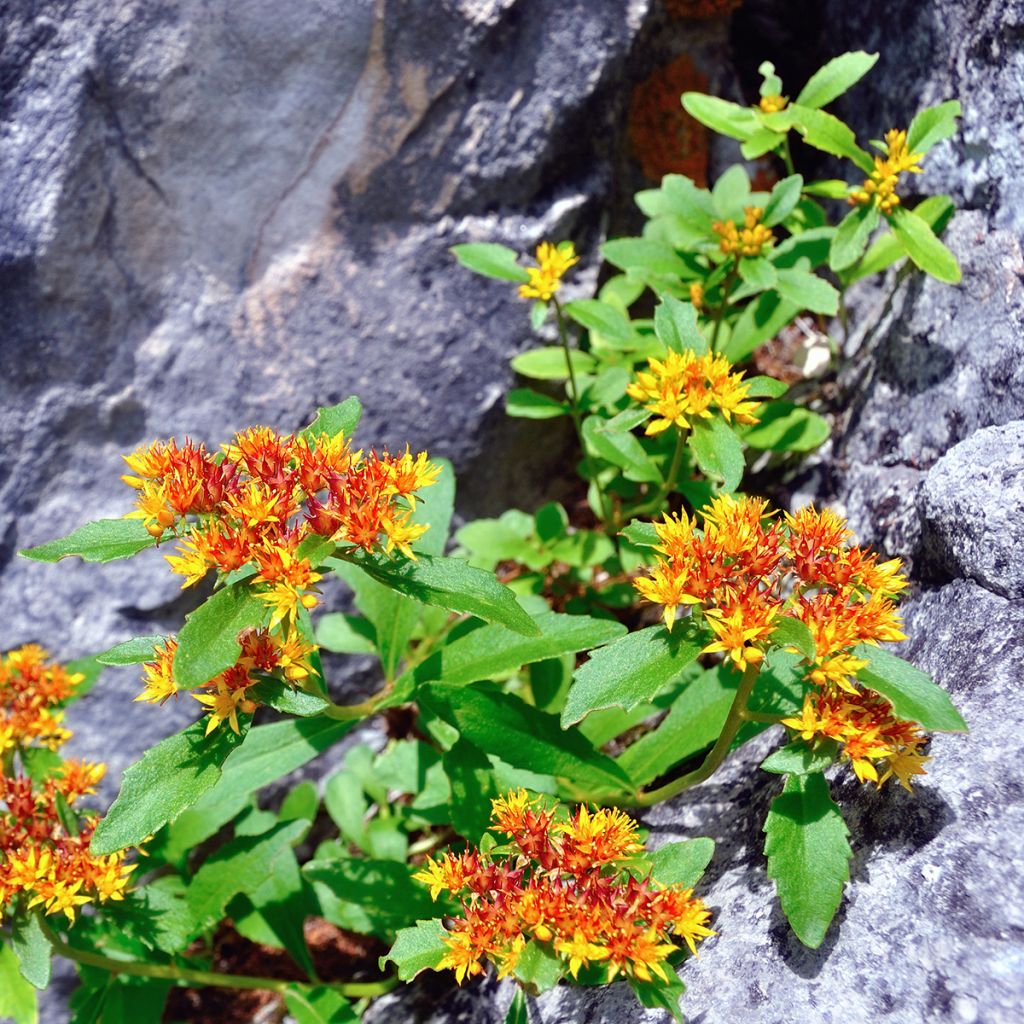

Sedum aizoon
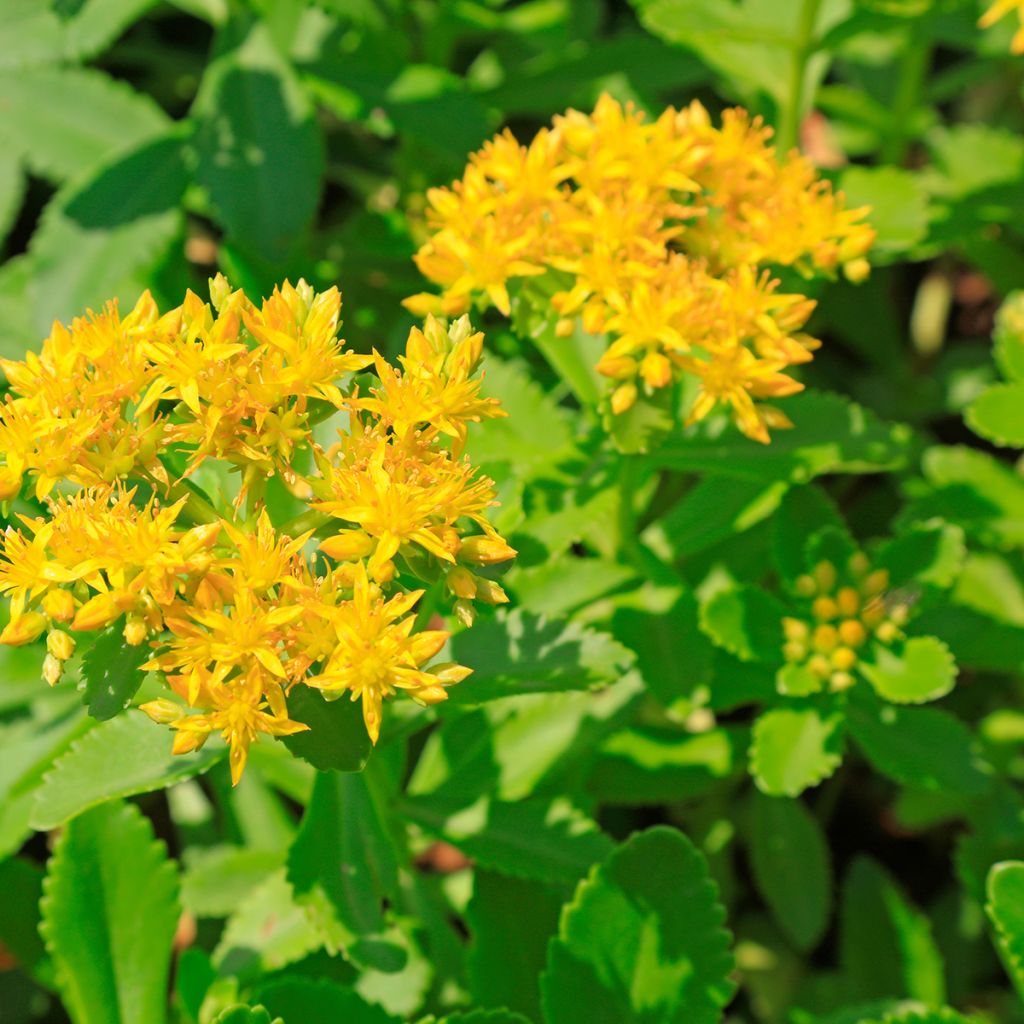

Sedum aizoon
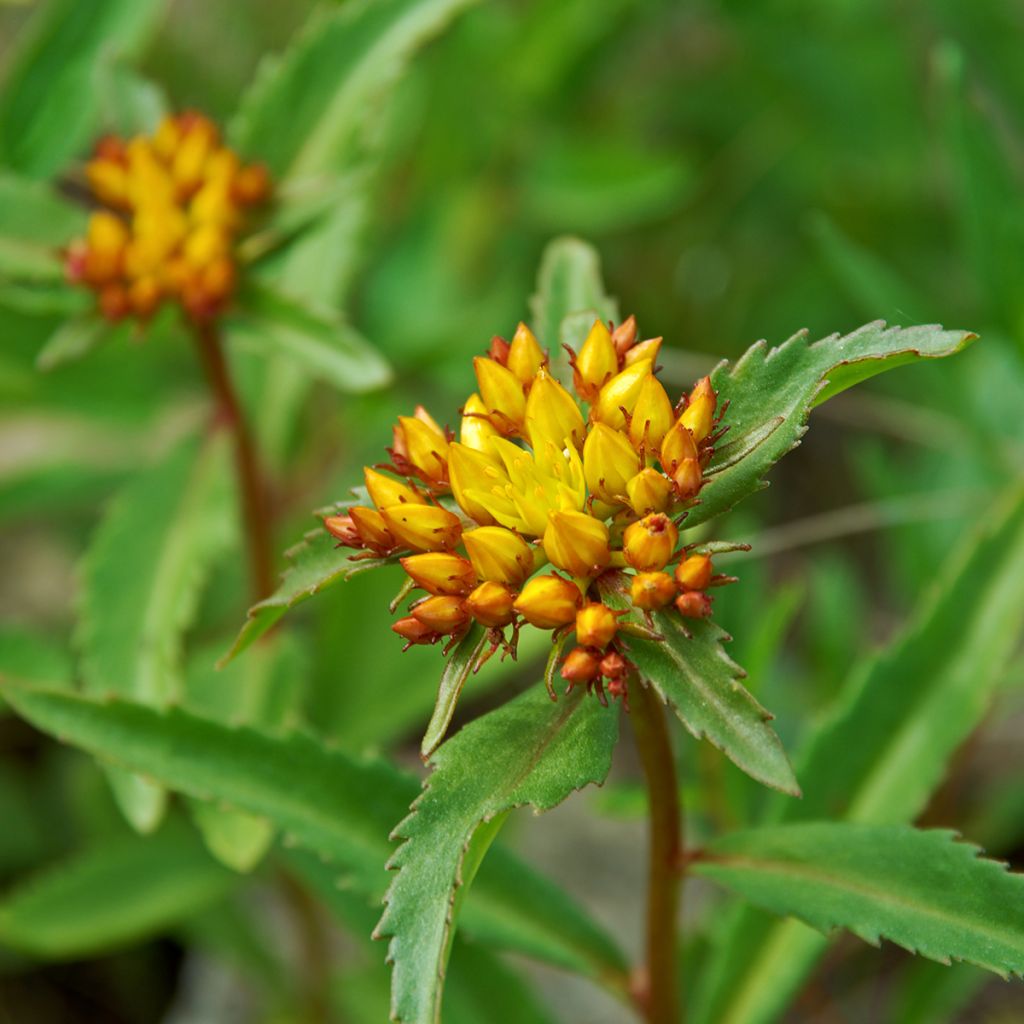

Sedum aizoon
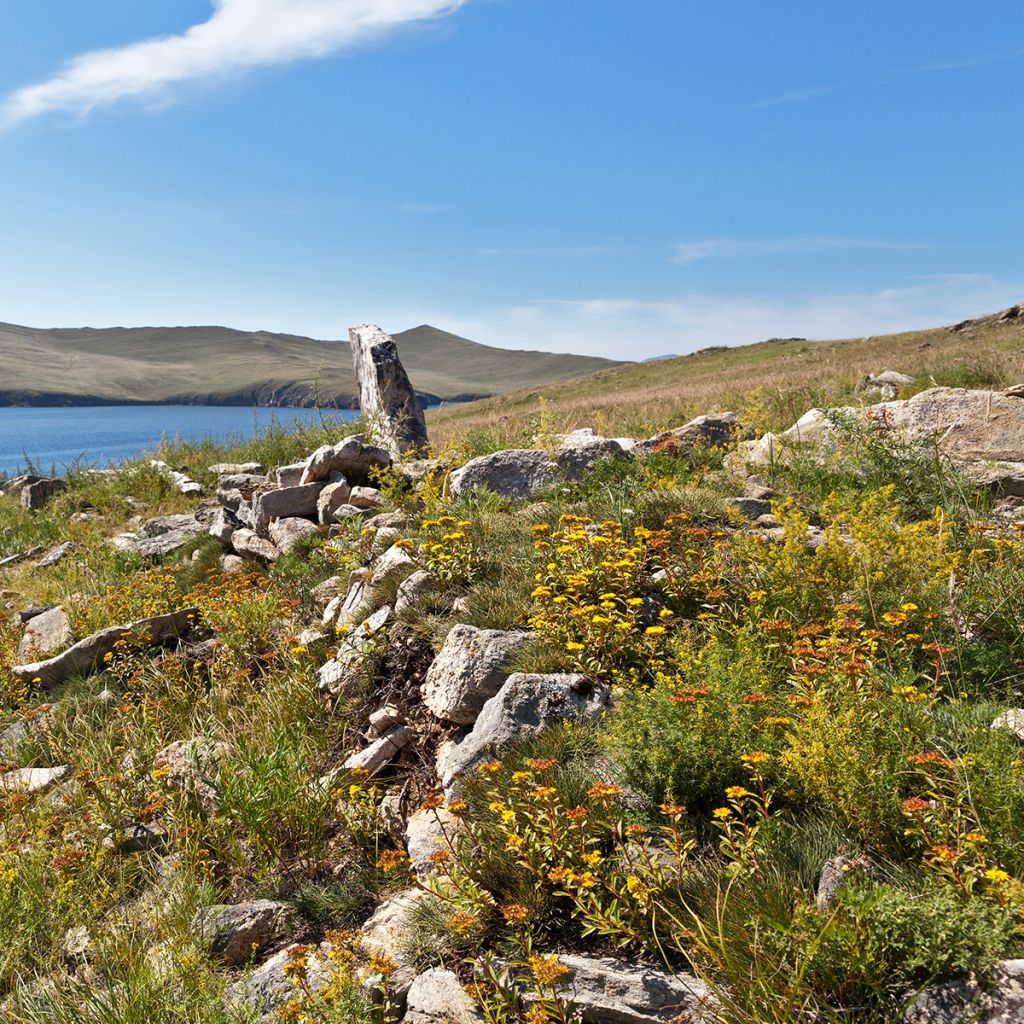

Sedum aizoon
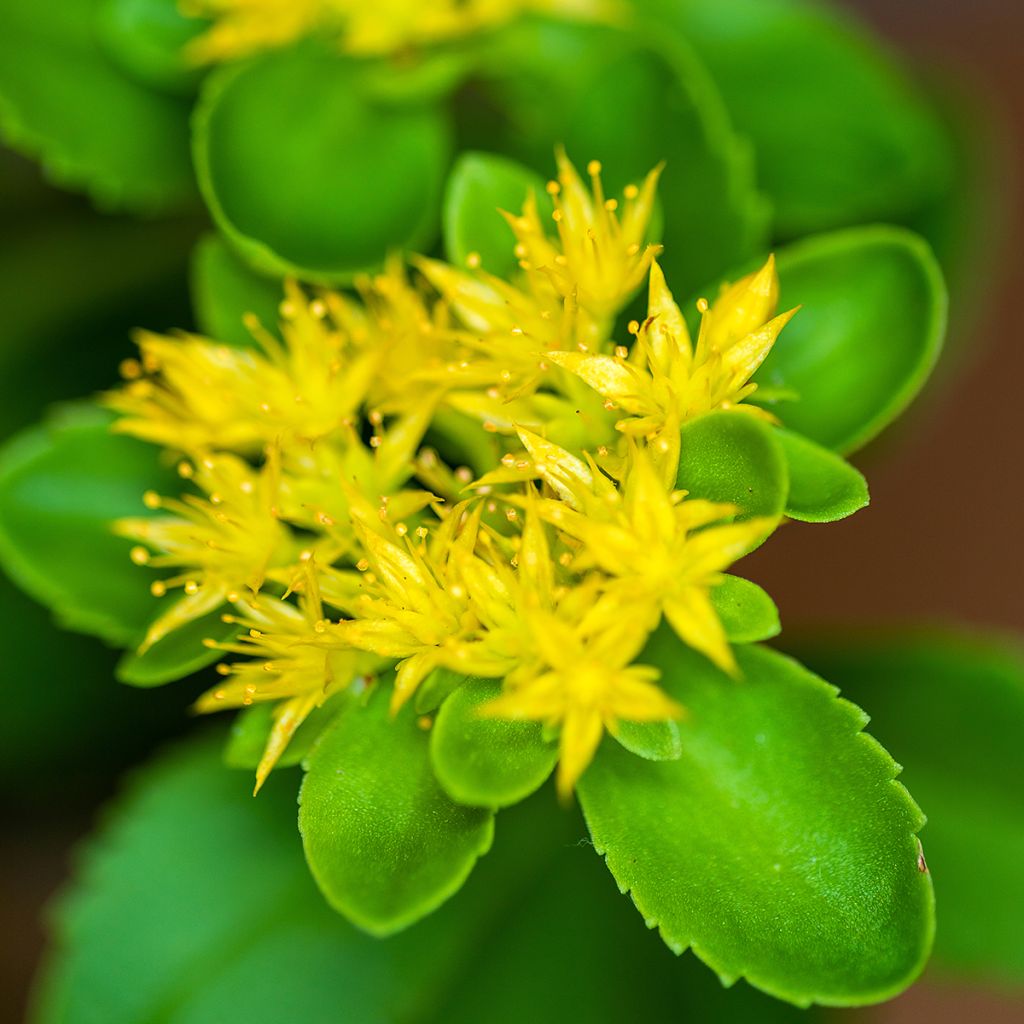

Sedum aizoon
Sedum aizoon
Sedum aizoon
Stonecrop, Aizoon Stonecrop, Orpine, Fei Chai
Special offer!
Receive a €20 voucher for any order over €90 (excluding delivery costs, credit notes, and plastic-free options)!
1- Add your favorite plants to your cart.
2- Once you have reached €90, confirm your order (you can even choose the delivery date!).
3- As soon as your order is shipped, you will receive an email containing your voucher code, valid for 3 months (90 days).
Your voucher is unique and can only be used once, for any order with a minimum value of €20, excluding delivery costs.
Can be combined with other current offers, non-divisible and non-refundable.
Why not try an alternative variety in stock?
View all →This plant carries a 12 months recovery warranty
More information
We guarantee the quality of our plants for a full growing cycle, and will replace at our expense any plant that fails to recover under normal climatic and planting conditions.
Would this plant suit my garden?
Set up your Plantfit profile →
Description
The Sedum aïzoon, also known as Phedimus aïzoon, is a hardy perennial stonecrop with deciduous foliage. It has dense, compound leaves that are rather large, fleshy, and a beautiful glossy light green color. In summer, it produces lovely yellow flowers. At this time of year, the flowers, leaves, and dark red stems create a beautiful combination. This small perennial spreads as a ground cover through natural layering. It is an excellent, hardy, and robust ground cover.
The Phedimus aïzoon is a succulent plant from the Crassulaceae family, native to Korea, Japan, Mongolia, and Russia, where it grows in scree and rocks at altitudes between 1000 and 3100 meters. It is very resistant to cold and drought, but it requires some water in spring. The Sedum aïzoon is a deciduous species in winter, with an upright habit and a thick, tuberous stump. Its stems are capable of rooting upon contact with the ground. It can reach a height of about 45 cm when flowering, but it can colonize the ground without theoretical limits. The leaves of this sedum are generally ovate and dentate along the edges. They can measure up to 5 cm long and over 2.5 cm wide. They have a shiny texture and their color varies from pale green to dark green. In winter, only rosettes of leaves are present at ground level. In spring, upright dark red stems covered with leaves emerge. At the time of flowering, in July-August, they reach a height of up to 45 cm. At their tips, small dark yellow star-shaped flowers bloom, grouped in flat clusters measuring 7.5 to 10 cm wide.
The Phedimus aïzoon does not have many requirements apart from well-drained soil that does not retain too much water. It can tolerate poor soil with little substrate thanks to its thick stump that stores reserves. It should be placed in not too hot sun or partial shade in southern regions. It is perfect for filling gaps or crevices, dressing a wall, adding color to a rockery, bordering a bed or pathway. It is sometimes used in green walls and roofs compositions. For example, it can be paired with Corsican Spurge, upright autumn stonecrops (Sedum 'Purple Emperor', S. spectabile 'Carl'...), or Basket-of-Gold.
Flowering
Foliage
Plant habit
Botanical data
Sedum
aizoon
Crassulaceae
Stonecrop, Aizoon Stonecrop, Orpine, Fei Chai
Russia
Other Sedum
View all →Planting and care
The Sedum aizoon doesn't have many requirements, but it doesn't like spring drought or heatwaves. It is satisfied with a poor or ordinary, well-drained, rocky or stony soil that doesn't retain too much water. This montane species will appreciate some afternoon shade in our hottest and driest regions. It can tolerate temperatures as low as -15°C and periods of drought in summer. In pots, provide a layer of gravel for drainage. After flowering, prune the faded flowers and pinch the foliage to encourage branching. Prune the clump in winter when the stems are dry.
Planting period
Intended location
Care
Planting & care advice
This item has not been reviewed yet - be the first to leave a review about it.
Similar products
Haven't found what you were looking for?
Hardiness is the lowest winter temperature a plant can endure without suffering serious damage or even dying. However, hardiness is affected by location (a sheltered area, such as a patio), protection (winter cover) and soil type (hardiness is improved by well-drained soil).

Photo Sharing Terms & Conditions
In order to encourage gardeners to interact and share their experiences, Promesse de fleurs offers various media enabling content to be uploaded onto its Site - in particular via the ‘Photo sharing’ module.
The User agrees to refrain from:
- Posting any content that is illegal, prejudicial, insulting, racist, inciteful to hatred, revisionist, contrary to public decency, that infringes on privacy or on the privacy rights of third parties, in particular the publicity rights of persons and goods, intellectual property rights, or the right to privacy.
- Submitting content on behalf of a third party;
- Impersonate the identity of a third party and/or publish any personal information about a third party;
In general, the User undertakes to refrain from any unethical behaviour.
All Content (in particular text, comments, files, images, photos, videos, creative works, etc.), which may be subject to property or intellectual property rights, image or other private rights, shall remain the property of the User, subject to the limited rights granted by the terms of the licence granted by Promesse de fleurs as stated below. Users are at liberty to publish or not to publish such Content on the Site, notably via the ‘Photo Sharing’ facility, and accept that this Content shall be made public and freely accessible, notably on the Internet.
Users further acknowledge, undertake to have ,and guarantee that they hold all necessary rights and permissions to publish such material on the Site, in particular with regard to the legislation in force pertaining to any privacy, property, intellectual property, image, or contractual rights, or rights of any other nature. By publishing such Content on the Site, Users acknowledge accepting full liability as publishers of the Content within the meaning of the law, and grant Promesse de fleurs, free of charge, an inclusive, worldwide licence for the said Content for the entire duration of its publication, including all reproduction, representation, up/downloading, displaying, performing, transmission, and storage rights.
Users also grant permission for their name to be linked to the Content and accept that this link may not always be made available.
By engaging in posting material, Users consent to their Content becoming automatically accessible on the Internet, in particular on other sites and/or blogs and/or web pages of the Promesse de fleurs site, including in particular social pages and the Promesse de fleurs catalogue.
Users may secure the removal of entrusted content free of charge by issuing a simple request via our contact form.
The flowering period indicated on our website applies to countries and regions located in USDA zone 8 (France, the United Kingdom, Ireland, the Netherlands, etc.)
It will vary according to where you live:
- In zones 9 to 10 (Italy, Spain, Greece, etc.), flowering will occur about 2 to 4 weeks earlier.
- In zones 6 to 7 (Germany, Poland, Slovenia, and lower mountainous regions), flowering will be delayed by 2 to 3 weeks.
- In zone 5 (Central Europe, Scandinavia), blooming will be delayed by 3 to 5 weeks.
In temperate climates, pruning of spring-flowering shrubs (forsythia, spireas, etc.) should be done just after flowering.
Pruning of summer-flowering shrubs (Indian Lilac, Perovskia, etc.) can be done in winter or spring.
In cold regions as well as with frost-sensitive plants, avoid pruning too early when severe frosts may still occur.
The planting period indicated on our website applies to countries and regions located in USDA zone 8 (France, United Kingdom, Ireland, Netherlands).
It will vary according to where you live:
- In Mediterranean zones (Marseille, Madrid, Milan, etc.), autumn and winter are the best planting periods.
- In continental zones (Strasbourg, Munich, Vienna, etc.), delay planting by 2 to 3 weeks in spring and bring it forward by 2 to 4 weeks in autumn.
- In mountainous regions (the Alps, Pyrenees, Carpathians, etc.), it is best to plant in late spring (May-June) or late summer (August-September).
The harvesting period indicated on our website applies to countries and regions in USDA zone 8 (France, England, Ireland, the Netherlands).
In colder areas (Scandinavia, Poland, Austria...) fruit and vegetable harvests are likely to be delayed by 3-4 weeks.
In warmer areas (Italy, Spain, Greece, etc.), harvesting will probably take place earlier, depending on weather conditions.
The sowing periods indicated on our website apply to countries and regions within USDA Zone 8 (France, UK, Ireland, Netherlands).
In colder areas (Scandinavia, Poland, Austria...), delay any outdoor sowing by 3-4 weeks, or sow under glass.
In warmer climes (Italy, Spain, Greece, etc.), bring outdoor sowing forward by a few weeks.






























